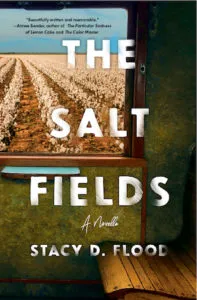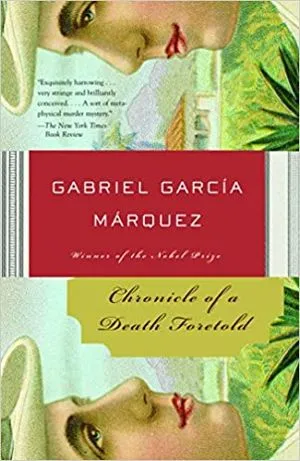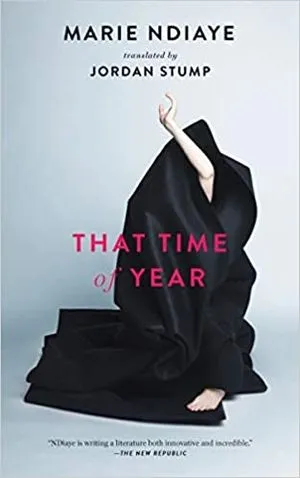
10 Great Novellas by Authors of Color
The novella — somewhere in between a short story and a novel — may well be the perfect length for fiction. Yes, it’s great to gobble up short stories in just a few minutes, and, yes, it’s wonderful to sink into a long novel that keeps you absorbed for days and weeks. But the novella offers its own unique pleasures. Novellas are just long enough to allow you to sink into a fictional world and get to know the characters, but not long enough to get boring or begin to drag. They can have absorbing plots without getting too complicated and convoluted. Unlike short stories, you get to live in the fictional world for long enough to be thoroughly absorbed. You can read a novella in one sitting on a long, lazy Sunday. Or, if you’re a slower reader like me, you can finish it up in 2–3 days and feel that you have accomplished something and read something great. Below are ten wonderful novellas by authors of color, including coming-of-age stories, family dramas, science fiction, literary horror stories, and more. Four of the books are in translation. Setting vary from Japan to Antigua, South Korea, Colombia, France, and the U.S. Check out the list below and find your next great read!
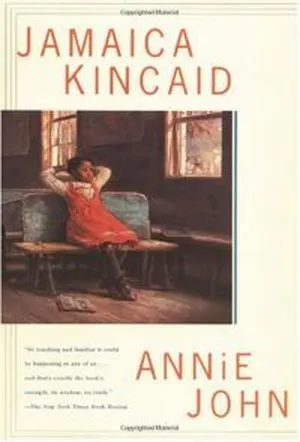
Annie John by Jamaica Kincaid
Published in 1985, this novella tells the story of a mother/daughter relationship. Annie John is growing up on the island of Antigua. She has been close to her mother, but when she turns 12, everything begins to change. She starts to question the traditions and values of the world around her, and her mother begins to treat her differently now that she is growing up. We see her moving through her teen years, figuring out who she is and what she wants for her future.

b, Book, and Me by Kim Sagwa, Translated by Sunhee Jeong
Originally published in 2011, b, Book, and Me tells the story of two friends, Rang and b, who have only each other. They are teenagers living in a South Korean city and struggling with poverty, loneliness, and bullying. Together, they dream of escape. But then Rang betrays b by writing about her dying sister, and their friendship falls apart. They are alone once again, and this time they are even more vulnerable than before. The novella captures how dark life can be for teenagers and how difficult it can be for them to find their way forward.

Binti by Nnedi Okorafor
This 2015 novella is the first installment of a science fiction trilogy. Binti is the first of her people to study at Oomza University. This involves running away from her close-knit family and culture to live on another planet and study among strangers who do not understand her or her people. In the background, tensions simmer between the Khoush, a human ethnic group, and the Meduse, a jellyfish-like alien species. Binti’s adventures take her into the heart of this conflict and send her on a journey that will change her forever.
Chronicle of a Death Foretold by Gabriel García Márquez, Translated by Gregory Rabassa
This 1981 novella tells the story of Angela Vicario, who, two hours after her wedding, was dragged back home in disgrace because she was not a virgin. Her twin brothers announce that they plan to kill Santiago Nasar, the man Angela named as being responsible. Twenty-seven years later, the novella’s narrator visits the town and tries to discover what really happened. Told in a nonlinear fashion, this book explores the village’s collective responsibility for the murder.
The Factory by Hiroko Oyamada, Translated by David Boyd
Originally published in 2013, this novella is set in an unnamed Japanese city. It tells the stories of three people who begin work at the local factory in different departments with varying levels of prestige. We follow them as they figure out their new environment, meet their coworkers, and try to meet their bosses’ expectations. The factory’s boundaries are unclear and shifting, and previously unknown plants and animals appear at its edges. The factory — whatever it is — begins to take over more and more of the workers’ lives.
The House on Mango Street by Sandra Cisneros
The House on Mango Street (1984) is the story of Esperanza Cordero, a 12-year-old Latina girl growing up in Chicago. Told in a series of vignettes, it follows Esperanza’s life over the course of a year. She is approaching adolescence and figuring out who she is, especially what it means to be a girl in her time and place, living in a patriarchal culture. The book deals with difficult subjects such as racism and sexual assault, while also exploring family, friendship, resilience, and joy.
Home by Toni Morrison
This 2012 novella tells the story of Frank Money, a veteran of the Korean War who, after experiencing trauma on the front lines, faces further struggles at home. He has just escaped from a mental hospital and is full of anger and self-loathing, dragged down by haunting memories. He travels across the United States to the small Georgia town where he grew up because he has heard his sister is in trouble. He faces racism every step of this journey, and once he reaches his destination, must confront dark episodes from the past.

Passing by Nella Larsen
Published in 1929, Passing is one of the greatest, most famous novellas of all time. It tells the story of Irene Redfield, who lives with her doctor husband in a townhouse in Harlem. They have a comfortable life among the Harlem elite. But one day she meets Clare Kendry, a childhood friend who left her Black neighborhood to pass as white, and who went on to marry a white supremacist. The plot follows what happens as these two women enter each other’s lives in complicated and disruptive ways.
That Time of Year by Marie NDiaye, Translated by Jordan Stump
All they did was stay on vacation one day longer than normal. In this 1994 novella, Herman and his family have always left the French countryside for their Paris home at the end of August, but this time they are still there on September 1, and nothing is the same. The weather turns rainy and cold and then Herman can’t find his wife and child. He heads into the village to search for them, but no one has answers and no one seems concerned. From there, the story heads into some very bizarre places in this literary horror novella.
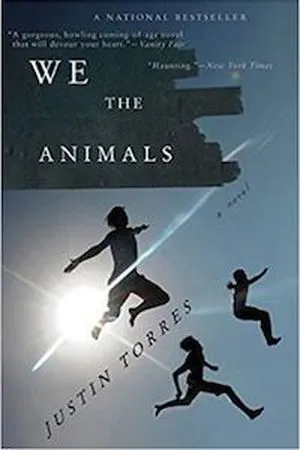
We the Animals by Justin Torres
We the Animals is a coming-of-age novella about three brothers in upstate New York (published in 2011). The family struggles with poverty and violence. Their Puerto Rican father has trouble holding down a job and their white mother works the graveyard shift. The brothers are mostly left on their own and allowed to run wild. Told in the first person plural, the book consists of a series of vignettes that show the brothers, especially the youngest, begin to enter the larger world, grappling with race, sexuality, and moving away from family bonds.
Do you love reading novellas and want to discover more? Check out Book Riot’s list of 100 Must-Read Novellas.



